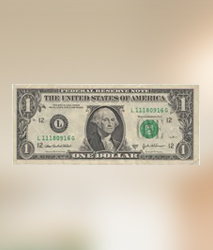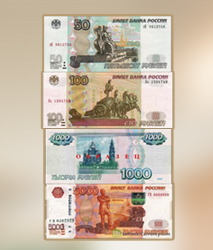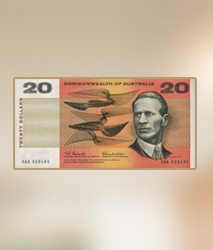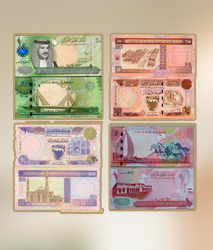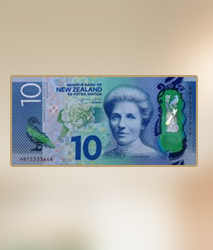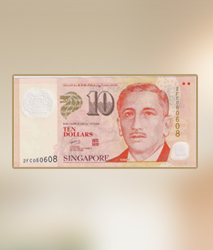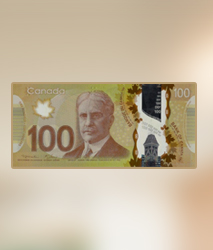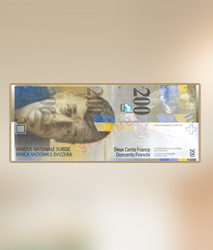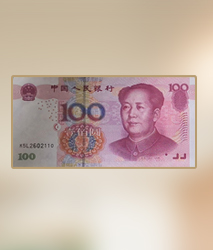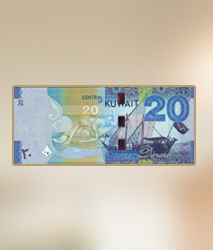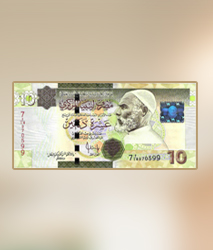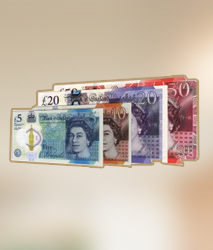
The British Pound sterling was once the currency of half of the world, legally circulated in various countries under the British empire. Sometimes it was used alongside the local currency of that particular nation. After the Second World War, after entering an agreement with the United States, pound sterling was pegged with the dollar (US) at a rate of £1 = $4.03.
Sterling is the fourth most-traded currency in the foreign exchange market, after the United States dollar, the euro, and the Japanese yen. Together with those three currencies and the Chinese yuan, it forms the basket of currencies which calculate the value of IMF special drawing rights. As of 30 September 2019, sterling is also the fourth most-held reserve currency in global reserves.
The pound sterling is often thought to be the strongest currency in the world and is the strongest currency in the world that is widely used. It’s also the 4th most traded currency globally, accounting for around 12.8% of daily trades on the foreign exchange market.
British Colonies issue their own banknotes, which visually differ from banknotes issued by the Bank of England, but they are valued as 1 per 1. Therefore, there are several of them: Scottish, North Ireland, Manx, Jersey, Guernsey, Gibraltar Pounds, as well as St. Elena Island Pound and Falkland Islands Pound. Amusingly, native Britons do not always want to accept "other" Pounds as a means of payment.

